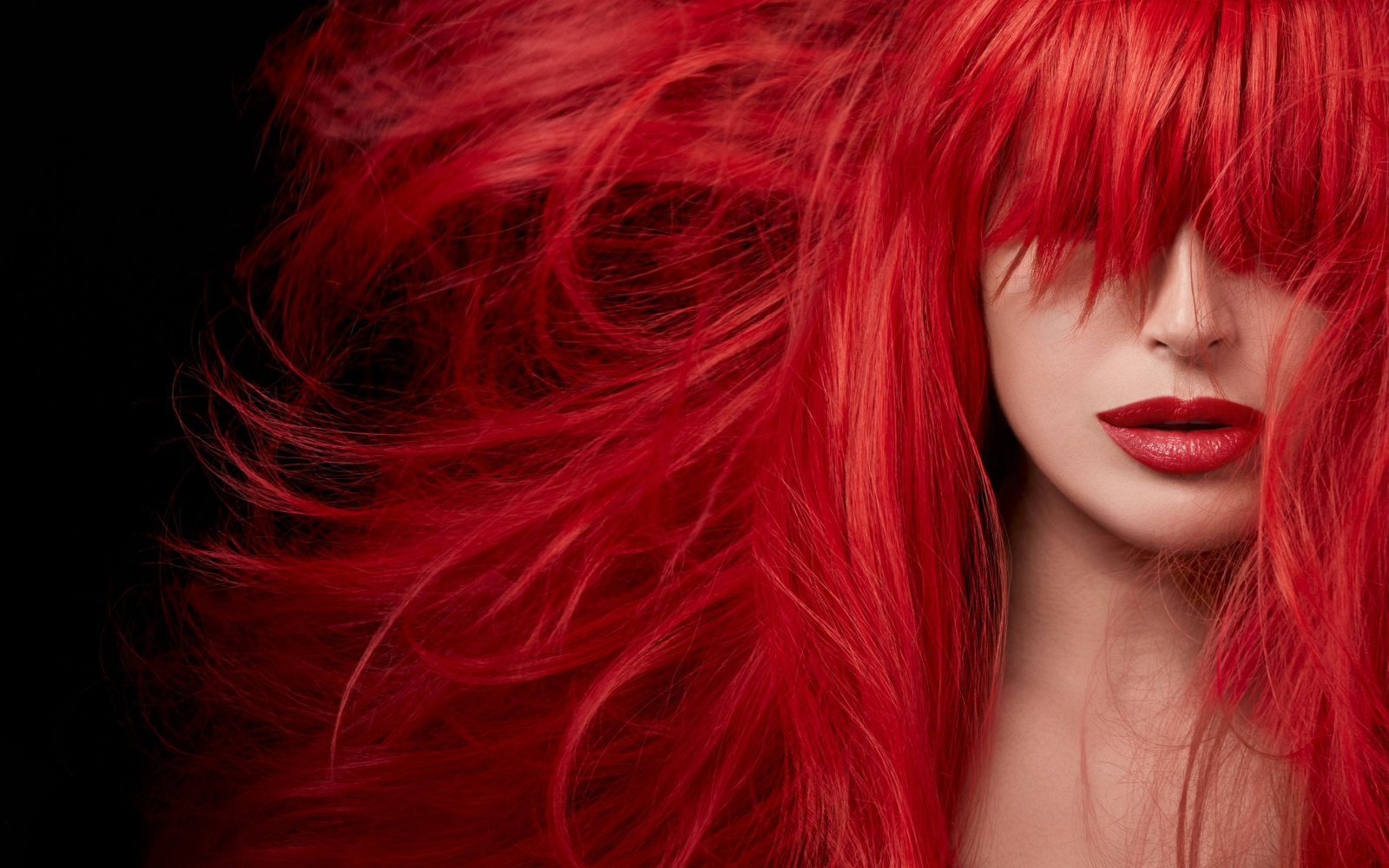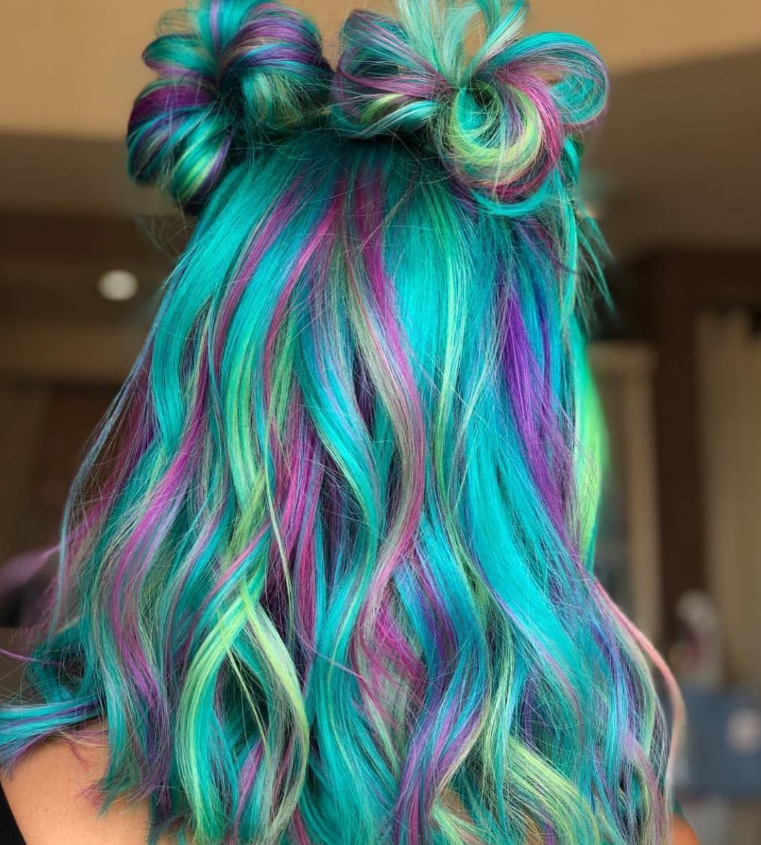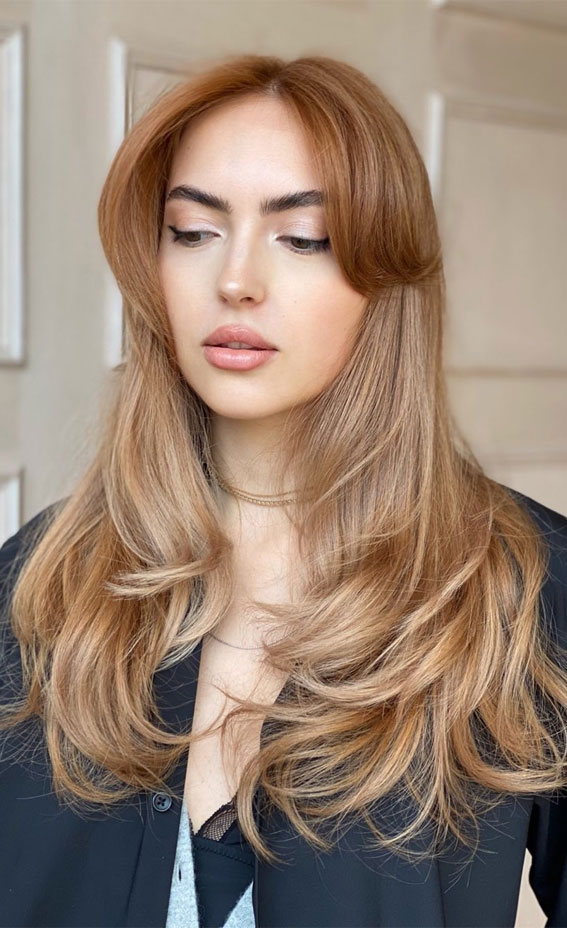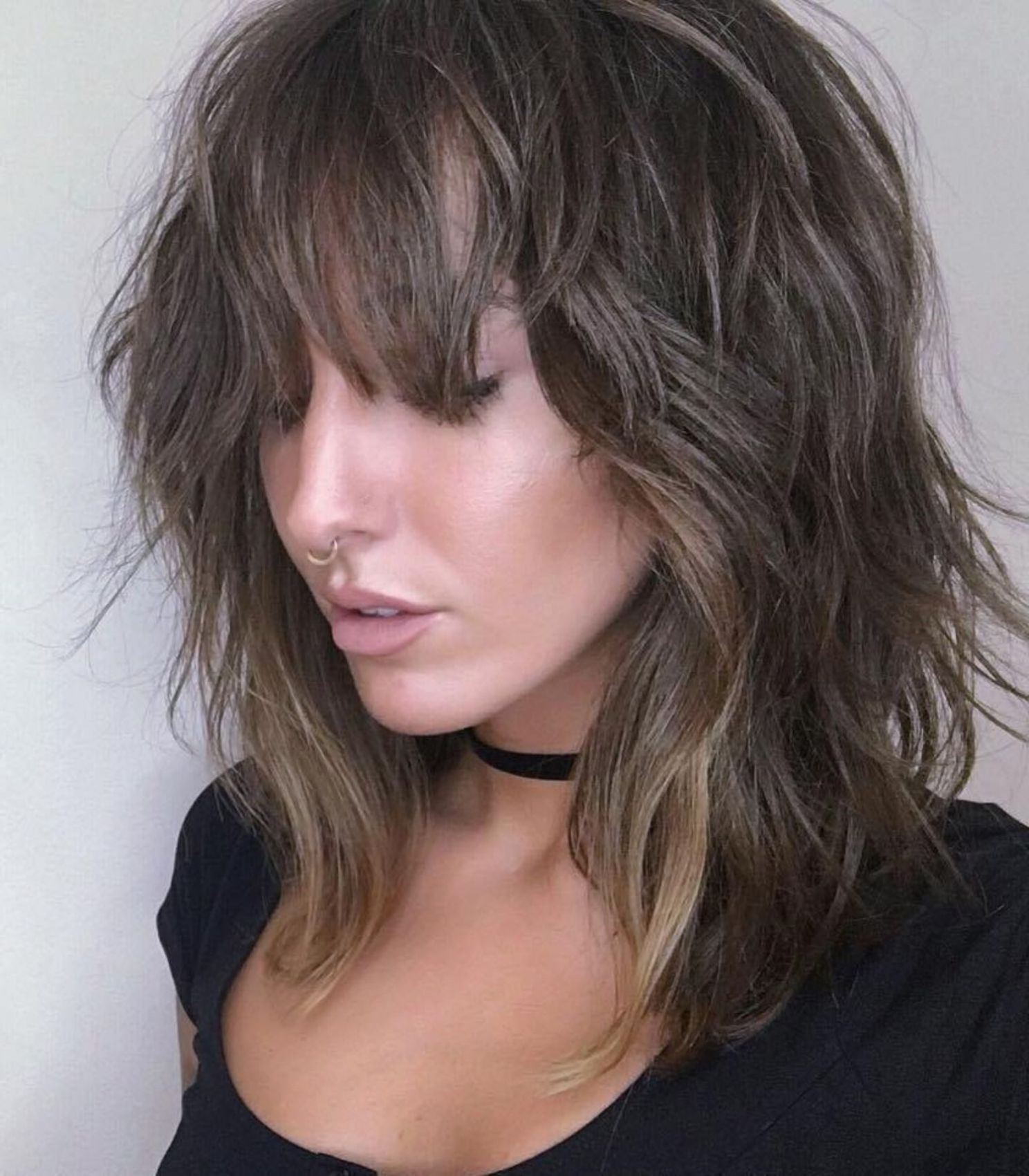Table Of Content

That includes using purple shampoo (if you have blonde or silver hair), hair masks, and avoiding excessive heat from tools like curling irons, blow dryers, and flat irons. Because of the chemicals in permanent hair dye, you shouldn’t redye your hair more often than every eight weeks. Even then, make sure you’re treating your hair regularly to avoid damage caused by hair dye. Permanent dyes penetrate deep into your hair shaft and alter your natural pigment, so the color lasts 4-6 weeks between touch-ups.
Try a color gloss
You’re probably wondering, “How soon can I recolor my hair if I don’t like the color? ” Well, the frequency of dyeing your hair depends on the type of dye you choose, but it’s important to give your hair a break between dye jobs. To maintain the health of your tresses, consider using color-safe products that help protect your hair’s integrity. Protect your hair by wearing a swim cap or applying a leave-in conditioner before swimming. Experts recommend approximately eight weeks for simple tonal changes.
Non-Permanent Color Options
However, this doesn’t mean that you can now dye your hair more often than every four to six weeks. The more frequent you dye your hair, the more damage your hair is going to have. When you have damaged your hair, because of dyeing hair too often, it is hard to repair your hair again.
Protecting Hair From Heat Damage
If your hair has minimal damage, you can go ahead with more frequent coloring sessions. If your hair is super damaged, your best bet is to put off dyeing your strands as much as possible. Bleach lasts as long as a hair dye in terms of how often you need to retouch. If you want to maintain your roots, you’ll need to get them touched up every four to six weeks, much like regular color.
What Is Demipermanent Hair Color? Experts Explain - Allure
What Is Demipermanent Hair Color? Experts Explain.
Posted: Sat, 11 Mar 2023 08:00:00 GMT [source]
Dyes can also affect your hair health in different ways, and it’s important to understand this before your next salon appointment. The type of dye you use can significantly impact how often you need to dye your hair. If so, you can probably get away with dyeing sessions that are a little more frequent, as your strands won’t have any prior damage. You won’t necessarily know how your hair will react to multiple dye jobs (though you can probably make an educated guess based on your hair type and texture). It’s always better to play it safe and do what you need to protect your hair and scalp. Hair texture plays a role in how much dye the follicles can handle.
How Often Should You Dye Your Hair? It’s Less Than You Think
This is because your hair is less likely to be dry or damaged than someone who dyes their hair every 2 months. It’s not technically a dye but is often used when coloring your hair (especially if you’re going from brunette to blonde), and it’s permanent. Carryl adds that another huge difference is that henna doesn't lift the natural hair color, but rather, it deposits onto the hair and colors it naturally. For instance, if you have a light blonde color, you'll have blatant red tones. If you're a brunette, on the other hand, your hair might have brown tones and red lowlights. If you color your hair, using Olaplex No 3 Hair Perfector is a total game-changer.
You can save money by coloring your hair at home. But should you? - The Washington Post
You can save money by coloring your hair at home. But should you?.
Posted: Mon, 27 Jan 2020 08:00:00 GMT [source]
Protect your hair from heat-styling tools with a heat protectant and deep condition it regularly. Choose a color within three shades of your natural hair color to minimize damage. Hair porosity affects how long you should wait between dye jobs; low-porosity requires longer times and high developer, whereas high porosity does not need as much time.
How often should you color your hair?
Generally speaking, experts recommend anywhere around four to eight weeks between coloring, given that proper care and maintenance is taken to ensure hair is protected from damage. Not only can UV rays damage your skin, they can also cause your hair color to fade faster. Keep your hair protected with styling products that contain UV filters, such as the Kérastase Soleil Huile Sirene Hair Oil Mist.

This is a great way to get a lasting, rich color, especially if you’re trying to touch up roots or cover gray hairs. The results of semi-permanent hair dye compared to a more permanent solution are night and day. Another option is semi-permanent hair coloring— it’s much gentler on the hair because it only coats the outer shaft.
They can also be used to enhance your natural hair color or add brightness without damaging the strands. Because semi-permanent hair color fades so fast, they are a popular choice among people looking to experiment with different shades without making a long-term commitment. However, the frequency and techniques of hair coloring can significantly impact the health and vibrancy of your hair. Hair glosses are a popular option for freshening up your hair hue without dyeing your mane all over again.
How porous your hair is will have an effect on how vibrant your permanent or semi-permanent dye will look and last. As a general rule, permanent colors may fade but will have to be grown-out or dyed over if you want to change them. Our experts break down the ins and outs of the chemical processes of dyeing your strands. They also reveal how to make sure your hair stays in its best shape, no matter what hair color you’re trying. The frequency of root touch-ups depends on how long you can tolerate seeing your re-growth, and since they are performed on “virgin” hair, frequency is at your discretion.
You are still using the same chemicals, and this is still going to damage your hair when you are dyeing your roots too often. Human skin, eyes and hair get their color naturally from melanin, a compound derived from the amino acid tyrosine. In a nutshell, the amount of melanin you have determines your hair, skin and eye color. When talking about natural hair color, for example, blondes have fewer melanin molecules than brunettes. It’s important to think carefully about your hair color choice before you begin. Also, make sure to follow the instructions by performing a skin allergy test first.









